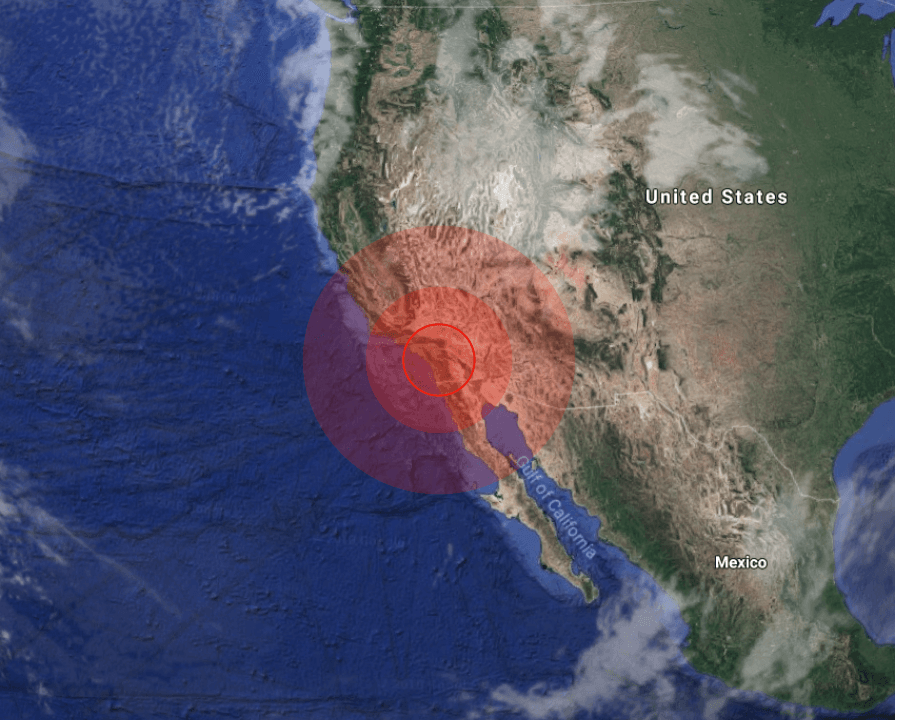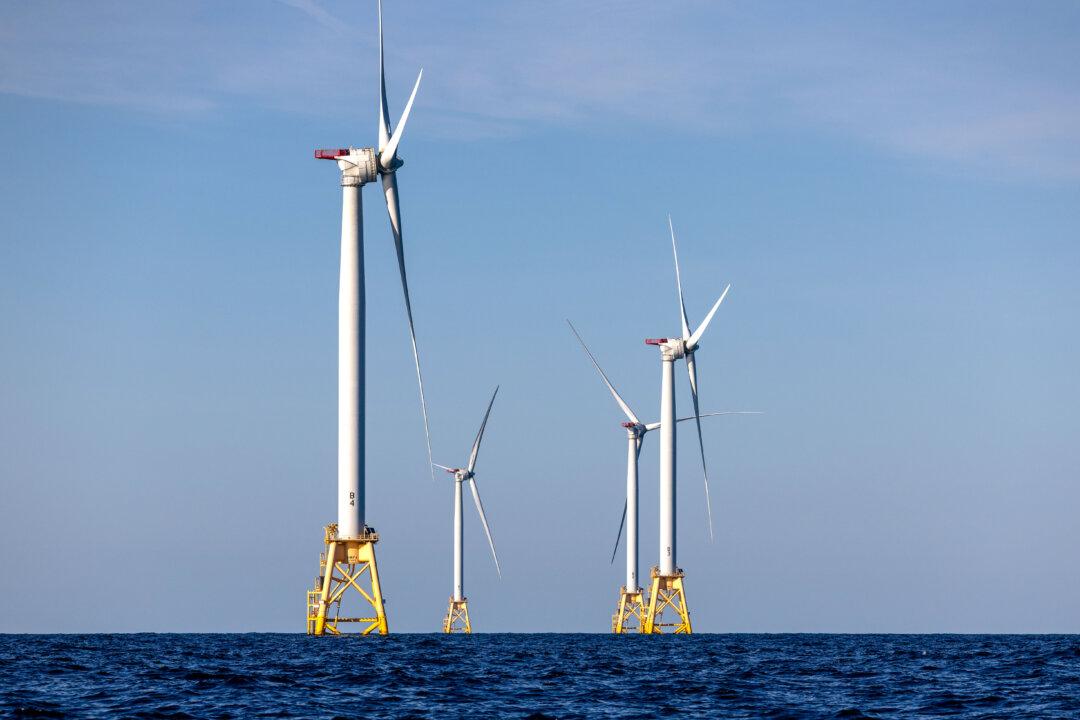A 4.2-magnitude earthquake hit southeast of Los Angeles on Thursday, according to U.S. officials.
The U.S. Geological Survey said that the quake hit 8 miles (13 km) northeast of Trabuco Canyon, California, with a depth of about 6.3 miles (10.1 km), at a time of 10:09:56 UTC.





